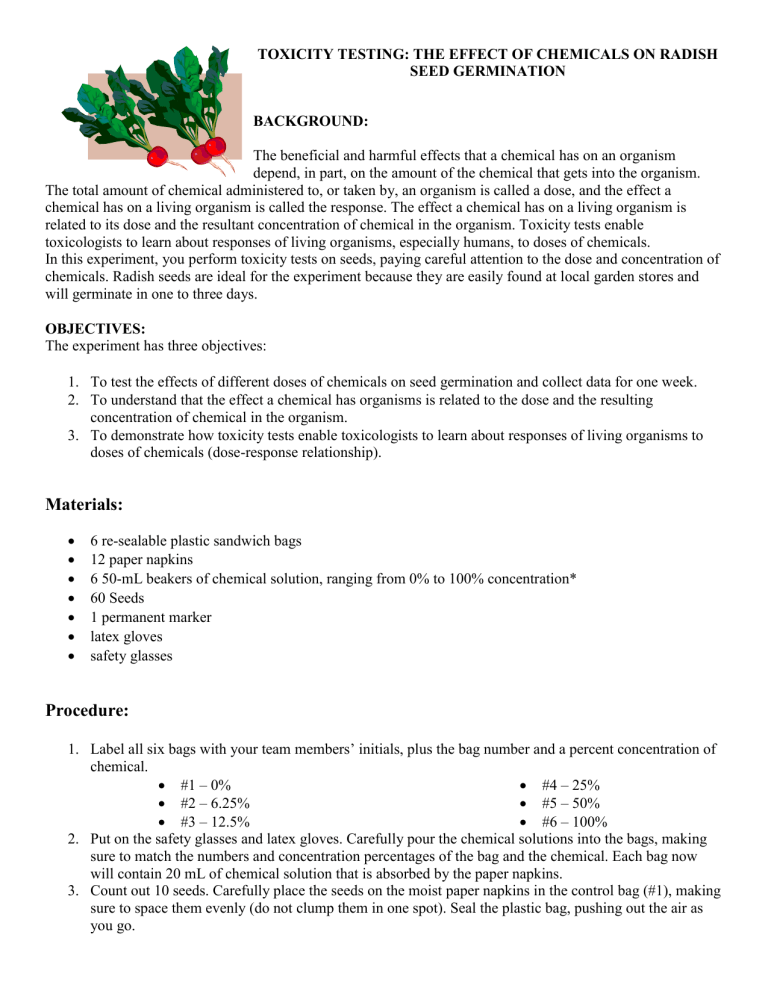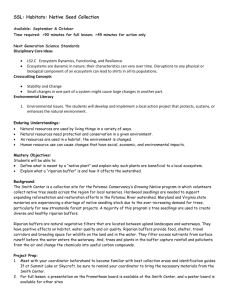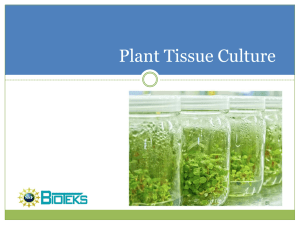Seed Germination Lab

TOXICITY TESTING: THE EFFECT OF CHEMICALS ON RADISH
SEED GERMINATION
BACKGROUND:
The beneficial and harmful effects that a chemical has on an organism depend, in part, on the amount of the chemical that gets into the organism.
The total amount of chemical administered to, or taken by, an organism is called a dose, and the effect a chemical has on a living organism is called the response. The effect a chemical has on a living organism is related to its dose and the resultant concentration of chemical in the organism. Toxicity tests enable toxicologists to learn about responses of living organisms, especially humans, to doses of chemicals.
In this experiment, you perform toxicity tests on seeds, paying careful attention to the dose and concentration of chemicals. Radish seeds are ideal for the experiment because they are easily found at local garden stores and will germinate in one to three days.
OBJECTIVES:
The experiment has three objectives:
1.
To test the effects of different doses of chemicals on seed germination and collect data for one week.
2.
To understand that the effect a chemical has organisms is related to the dose and the resulting concentration of chemical in the organism.
3.
To demonstrate how toxicity tests enable toxicologists to learn about responses of living organisms to doses of chemicals (dose-response relationship).
Materials:
6 re-sealable plastic sandwich bags
12 paper napkins
6 50-mL beakers of chemical solution, ranging from 0% to 100% concentration*
60 Seeds
1 permanent marker
latex gloves
safety glasses
Procedure:
1.
Label all six bags with your team members’ initials, plus the bag number and a percent concentration of chemical.
#1 – 0%
#2 – 6.25%
#3 – 12.5%
#4 – 25%
#5 – 50%
#6 – 100%
2.
Put on the safety glasses and latex gloves. Carefully pour the chemical solutions into the bags, making sure to match the numbers and concentration percentages of the bag and the chemical. Each bag now will contain 20 mL of chemical solution that is absorbed by the paper napkins.
3.
Count out 10 seeds. Carefully place the seeds on the moist paper napkins in the control bag (#1), making sure to space them evenly (do not clump them in one spot). Seal the plastic bag, pushing out the air as you go.
4.
Repeat Step 2.4 for the remaining bags.
5.
Place the seed bags in a stack, lying flat with the seeds up, on the tray. Put the tray of seeds in the spot designated by your teacher. Put this worksheet in your science notebook.
Data Collection:
Concentration
Day #
Seeds
Germinated
Day #
Seeds
Germinated
Day #
Seeds
Germinated
Day #
Seeds
Germinated
Day #
Seeds
Germinated
Day #
Seeds
Germinated
0%
6.25%
12.5%
25%
50%
100%





